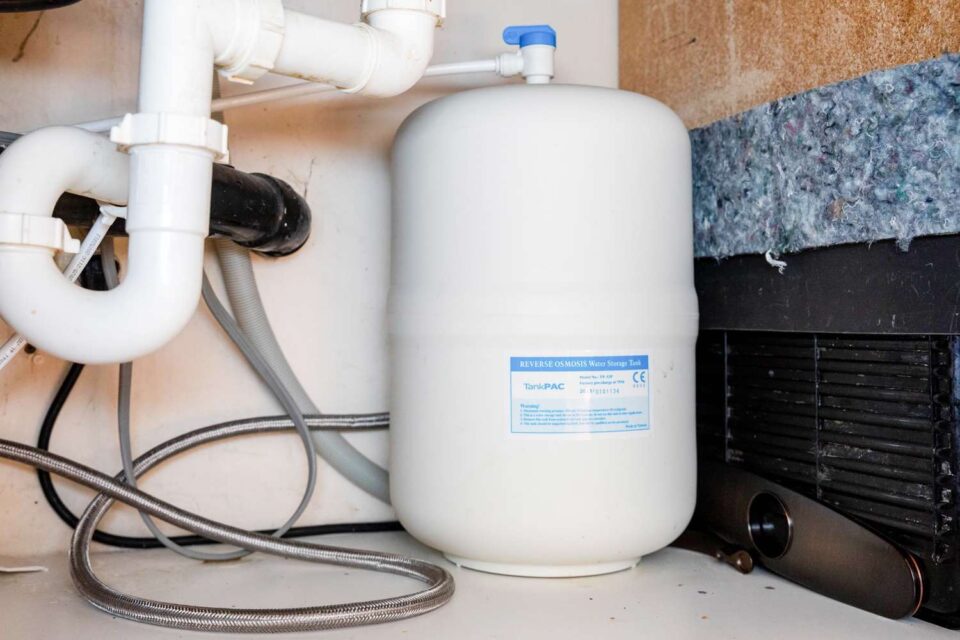Clean and safe water is essential for our health and well-being. Water softeners and filters play a vital role in improving the quality of our water supply by removing impurities and addressing specific issues such as hardness. In this blog post, we will explore how water softeners and filters work, with a focus on the services provided by Integraflow in Perth.
Part 1: The Mechanism Behind Water Softeners
Water softeners are designed to combat the issue of hard water, which contains high levels of minerals such as calcium and magnesium. Here’s how water softeners work:
1. Ion Exchange Process:
Water softeners utilize an ion exchange process to remove the minerals responsible for water hardness. Inside the water softener tank, resin beads coated with sodium ions are present.
2. The Softening Process:
As hard water flows through the water softener, the calcium and magnesium ions in the water are attracted to the resin beads. These minerals are exchanged with the sodium ions, effectively softening the water.
3. Regeneration:
Over time, the resin beads become saturated with calcium and magnesium ions. To continue the softening process, the water softener initiates a regeneration cycle. During this cycle, a brine solution (high in sodium or potassium) is introduced to the resin tank, washing away the accumulated minerals. The resin beads are recharged with sodium or potassium ions, ready to soften the incoming water once again.
Part 2: Understanding Water Filtration Systems
Water filtration systems work by removing impurities, contaminants, and particles from the water, enhancing its quality and safety. Let’s take a closer look at how water filtration systems function:
1. Sediment Filtration:
Water passes through a sediment filter, which captures larger particles such as sand, silt, rust, and debris. This stage protects subsequent filter media from clogging and extends their lifespan.
2. Activated Carbon Filtration:
Water then flows through an activated carbon filter, which effectively removes chlorine, volatile organic compounds (VOCs), and unpleasant odours or tastes. The porous structure of activated carbon attracts and adsorbs these impurities, resulting in cleaner and better-tasting water.
3. Reverse Osmosis (RO) Filtration:
In some advanced filtration systems, water may undergo reverse osmosis. This process involves forcing water through a semipermeable membrane, which selectively allows water molecules to pass while blocking dissolved solids, heavy metals, pesticides, and bacteria. RO filtration produces purified and clear drinking water.
4. Additional Treatments:
Some filtration systems, such as those offered by Integraflow, incorporate UV sterilization. Ultraviolet (UV) light is utilized to destroy bacteria, viruses, and other microorganisms present in the water, ensuring its safety.
Water softeners and filters are invaluable tools for enhancing the quality of our water supply. Water softeners utilize ion exchange to remove minerals responsible for water hardness, while filtration systems employ various techniques to eliminate impurities and contaminants. Integraflow in Perth offers comprehensive water treatment solutions, including water softeners and filtration systems, ensuring that you have access to clean, safe, and refreshing water in your home.
By understanding how water softeners and filters work, you can make informed decisions about the type of system that best suits your needs. Whether you’re dealing with hard water issues or looking to improve overall water quality, Integraflow can provide tailored solutions to meet your specific requirements.

